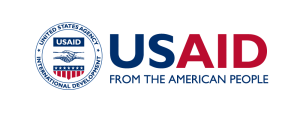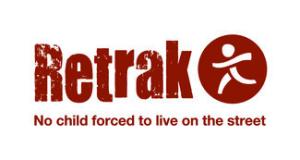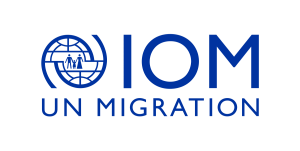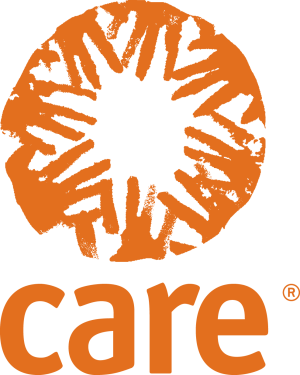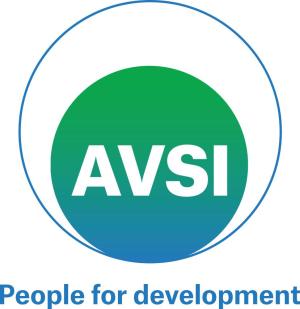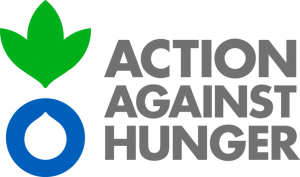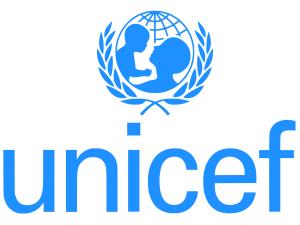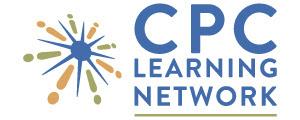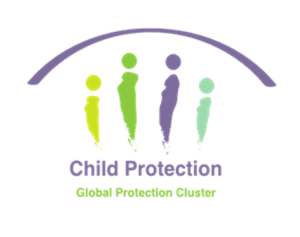
Led By: International Rescue Committee and World Vision
Contact us at: ame.wg@alliancecpha.org
Our Mission
The AME (Assessment, Measurement, and Evidence) Working Group exists to empower child protection practitioners with the tools, evidence, and skills needed to improve outcomes for children in humanitarian settings. We focus on promoting evidence-informed decision-making, fostering collaboration, and building capacity to integrate data and insights into program design and implementation.
Key Priorities of the AME Working Group
- Developing and Sharing Tools: We create, review, and disseminate tools and methods to help practitioners assess and monitor child protection programs effectively.
- Generating and Promoting Evidence: We synthesise, analyse, and share evidence to inform and improve child protection in humanitarian settings.
- Building Capacity: We provide training, guidance, and resources to enhance the skills of practitioners and organisations in using evidence and assessment tools.
- Collaborating Across Groups: We support other Working Groups and Task Forces in advancing their work through evidence-based approaches, including developing shared methodologies and frameworks.
المنظمات الأعضاء في مجموعة العمل
Webinars
ندوة عبر الإنترنت | التقاط الأصوات: توليد الأدلة لـ CAAFAG

غالبًا ما يمثل إشراك الأطفال المرتبطين بالقوات المسلحة والجماعات المسلحة (CAAFAG) في توليد الأدلة، بما في ذلك جمع البيانات لأغراض البحث والتعلم، تحديًا منهجيًا وأخلاقيًا. في حين أنه من المفهوم أن الممارسين الميدانيين قد يترددون في إشراك CAAFAG في أنشطة توليد المعرفة بسبب المخاطر والحساسيات الشديدة المرتبطة بتعيينهم، فمن الضروري الاعتراف بقيمة وجهات نظرهم في توجيه الاستجابات القائمة على الأدلة...

